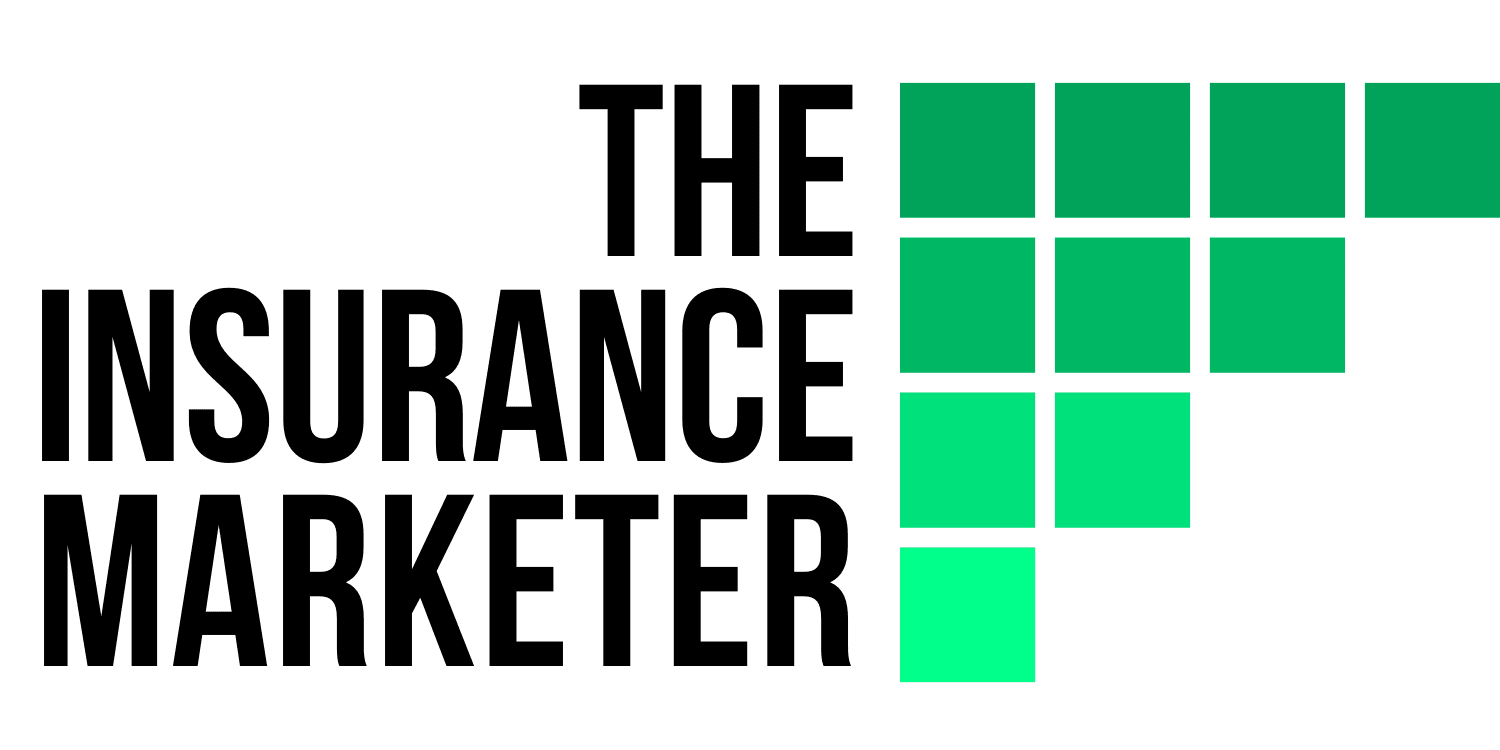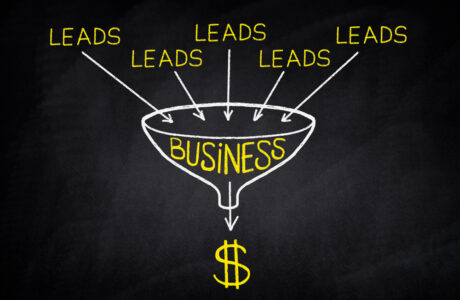The paid leads versus lead generation argument is the one topic that has been going on forever in the insurance industry. At the end of the day, it is a game of numbers that determines the best results for your insurance business.
Considering the time and effort one needs to spend on generating leads from scratch, paid leads can work for your insurance business if enough due diligence and testing have been conducted on reputable lead service providers, as long as you have a good strategy to track the quality and ROI of your paid lead.
In this article, our focus will be on whether buying insurance leads works for insurance agents. We will examine different types of paid leads and their sources. Then we will share some best practices on how to make the best out of your investment.
Hopefully, you will walk out with the information to help you make the most educated decision when it comes to buying leads for your insurance business.
Also read:
What’s an Insurance Lead?
A lead is a potential client or a person interested in a product or service. Every industry generates its leads, including banking, insurance, education, etc.
In the insurance industry, leads are defined as potential clients who have asked for quotes for insurance products.
For a prospect to become a qualified lead, you must be in possession of certain information like their name, contacts, location, some sort of demographics (e.g. gender) and reason for contacting you.
In its simplest form, leads are categorized into two:
A “cold lead” – is a completely unknown and random contact like from yellow pages or phone books.
A “warm lead” – is one who has shown interest in one of your products. The important fact is that a warm lead has expressed an intent to sign up for the insurance product. These types of leads are regarded as low-hanging fruits and are most desirable.
Why are both types of leads important for insurance agents?
Agents, especially the new and younger ones, may fall short of generating sufficient leads to achieve their targets /quotas or grow their business from one time or the other
So they look for purchasing leads. It is a proven way of supplementing other methods of generating business. When conservative efforts fail to grow the business sufficiently, then paid leads, can be utilized to keep an instant and steady flow of new opportunities.
Therefore, we recommend the use of both purchased and generated leads.
Also read:
- Is It Safe to Get Auto Insurance Quotes Online?
- Will AI Replace Insurance Agents?
- What Is On-Demand Insurance?
What Are the Different Types of Paid Insurance Leads?
Real-Time Leads
Price range: Costs from as low as $7 – as high as $30 per lead.
Real-time leads are leads that are generated and contacted in real-time as they are received.
Such leads are generally captured through phone, email, or web forms. Usually, these leads are contacted immediately by the insurer with a sales agent or marketing representative who is available at that time to handle such requests.
They are great because they’re instantaneous. An agent doesn’t have to wait for a lead, especially not one that will change at the drop of a hat.
These leads demand real-time response. And they require you to prioritize them, to get the maximum value, but the reward is worth your immediate attention.
An autodialer should be the major chunk of your budget as it will improve your productivity and efficiency.
Live Transfer Leads
Price range: Begins at $25 per lead
These are perfect since they are generated from verified customers who have met search pre-set criteria. When you use live transfers, you can select prospects based on several factors including, geography, type, or other conditions.
When potential clients who meet your search criteria request a quote, a highly skilled call center will evaluate them to ensure they are genuinely interested.
Once their (potential customer) intent is verified, the call center links them to you. The benefit here is, potential clients are coming to you, which reduces the time you spend calling and trying to reach clients.
This lead generation technique is better as a supplement to your primary sales strategy. If executed well, it can boost sales and conversion.
Search Insurance Leads
Price range: Anywhere from $10-$20, depending on the bidding price of the keywords and location.
They are an effect of your search engines and can be the result of a variety of keyword searches. These leads can also be from your paid search campaigns.
When you optimize your website in various ways, it is likely that search engine results will generate insurance leads for you.
The prospective client is likely shopping around for quotes, therefore it’s important to make the contact fast. In the case of search leads, conversion rates are usually higher for whoever makes the first contact. If you employ this strategy, making the first contact with prospects is important.
Exclusive Insurance Leads
Price range: Cost from $15 to $50 or more per lead, depending on the service and type of insurance it leads to.
The insurance industry is a fierce battleground. Having the chance to be the only agent working with a prospect can help you get in front of the competition. Exclusive insurance leads are great because they are only sold to you.
With exclusive insurance leads, it is just as it sounds; these leads are exclusive. This is a great strategy to help you get the upper hand in competitive markets, but they come with a heftier price tag.
One helpful tip is to buy exclusive leads as a complementary component of your lead generation strategy, not as the primary driving force. The result is a strong ROI without the need for a large financial commitment on your end.
Also read:
Shared Insurance Leads
Price range: They’re about $5-15 per lead and can go higher depending on your filtering options or competition level.
Shared leads are those that are shared with other agents. Due to the potential for higher profits per lead, companies prefer to sell them on a shared basis, thus making it the most popular strategy.
The more reputable and larger services sell leads to at least 2-8 agents, depending on location and lead type.
With shared leads, there is obviously more competition. On the other hand, most lead companies do offer customer exclusivity, which means if you are contracted, you shouldn’t be up against other agents from the same company.
How Does Insurance Lead Generation Fit Into an Agency’s Growth Process?
Generally speaking, there are two types of agents when it comes to lead generation.
A scratch agent – begins the business from nothing. They prioritize high-quality leads to get their business up and about. They need fresh and valid leads so they may resort to purchasing them.
An agent with an existing book – does not need to buy leads in the immediate future. This type may have put in a lot of money to build their book portfolio to the current levels.
The priority at the moment is to maintain and harvest from the residuals coming in and sift through their existing leads for referrals, up-sell, and cross-selling opportunities.
When they have passed this period, they can consider buying leads. But they are encouraged to utilize leads with help from their sponsor. It is prudent to purchase leads within the first six months of one’s career.
Where to Buy Insurance Leads?
Bringing a third party focused on lead generation offers agents another way to grow their
portfolio book. Companies that source their leads online and are referred to as the “internet lead vendors”.
There are two types of lead vendors:-
Lead generators – are those who source all their leads by themselves
Lead aggregators – who purchase leads from other sites, including lead generators, for resale.
These two are different. Let’s separately look at the pros and cons for your information.
Lead Generators: The Pros and Cons
Lead generators get the bulk of their own leads by driving traffic to their assets, mostly through websites or paid advertising.
This method, also known as “organic,” attracts traffic through search engine marketing and advertising (like targeted ads popping up when consumers search for insurance-related information).
Pros: The plus of collaborating with a lead-generation vendor is that it links you with the “warm leads” who are considered low-hanging fruits.
Lead generators are capable of identifying leads to your agency on a daily basis. Don’t forget that the chances of converting them into policyholders are high.
When working with a lead generator, you can opt for a flexible schedule that enables you to purchase leads in real-time at your most convenient hours.
You can halt leads from insurance agents for a while as you focus on other in-house activities such as cross-selling, up-selling, or mining for referrals from existing customers. You can start or stop them at your convenience.
Lead generators link you with prospects who best suit your underwriting policies, guidelines, and qualifications and, in some cases, can offer extras like training and information on industry best practices.
Cons: The con is the huge expense incurred to produce the leads. If you lack the appropriate staff and don’t have the structure to handle the leads, you may be staring at failure.
To maximize the opportunities created by the leads, proper structures must be in place to reward commissions to the producers and motivate them to convert the leads into policyholders.
In the absence of proper incentives and motivation, failure to convert the leads can be blamed on the quality of the leads.
Lead Aggregators: The Pros and Cons
Pros: It’s less costly to source leads from a lead aggregator than a generator. Aggregators sell large lists of leads at any given time as it is convenient for your business.
These lists can allow you time up to 6 months before renewal to reach out to the leads, by which time they are receptive and ready to shop around for new quotes.
Cons: Aggregators are less costly because their leads are not delivered in real-time. The leads are also shared among other agents, sometimes up to a dozen other agents.
There is also the risk of the leads from aggregators having signed a contract with another agent chosen to remain in the existing arrangement. In such a case, you will end up wasting time and losing money.
Best Practices for Handling Paid Leads for Insurance
Hopefully, you have gained a better understanding of what kind of leads to go for and have a basic idea of what to expect. Here are some best practices to make your life easy when you start to work on your incoming leads:
- Insurance lead services come in different shapes and sizes. Be sure to do as much due diligence and testing with a lead service as possible.
- Look for leads providers who have a generous credit and refund policy in place.
- Most agents aren’t going to disclose a good lead source. A good source is very valuable and many agents will tend to protect their own resources.
- Not all leads are going to be a fit for each insurance line and or geographical region.
- Speed is your greatest asset – when you get a lead, establish contact immediately.
- Learn to manage resistance from leads – have standard scripts to tackle the most common rejections over the phone.
- Don’t forget to follow up on your leads -this should be one of your most important rules.
- After closing the sale, always remember there are other opportunities for cross-selling to the leads.
Setting Up Your Paid Lead Tracking Strategy
Once your processes are in place, and you have identified the insurance lead generator to work with, you need to employ the right metrics to track performance once leads start trickling in.
You can get to know if you are making or losing money by applying metrics on the lead generation strategy.
- Ways to Track Your Metrics
Track manually using a spreadsheet. Remember to include cost per lead and capture data to the following questions to ensure you are getting a full picture of Return on Investment (ROI)
Things to consider:
- How many leads did I purchase?
- How many leads did I quote?
- How many leads were converted?
2) Apply an integrated program that helps you understand your metrics
An integrated program is one that serves as a lead management system and allows for easy tracking of key lead conversion metrics.
You will be able to track your leads, contact rate, quote rate, bind rate, notes relating to each lead, time of day you made contact, consumer type, and much more.
With all this data at your disposal, you can be able to tell where you are making money, where you need to spend more, and where you need to adjust your expenditure.
3) Follow Up on Your Leads
You need a process in place to convert the leads into customers. Set up the right cadence for your phone contacts and email. Always reach out immediately when you receive the lead by making at least three calls and an email.
If you fail to reach out the first day, keep trying, but avoid bombarding the lead with calls and emails.
Quick wins are great, but leads that take long to convert can be even more valuable.
The Bottom Line
Buying leads can get you a desirable amount of contacts in a short time. While it can be considered a quick option, especially with real-time leads, it may take time and effort to nurture the potential leads to become paying customers.
Remember, you have less control over the paid leads. The competition is higher as multiple agents buy the same leads. Be sure to have a realistic strategy to reach your leads faster to get ahead of the competition and get the best ROI for your time and money.




